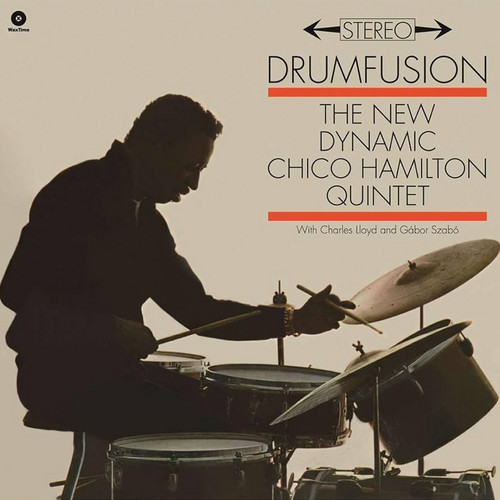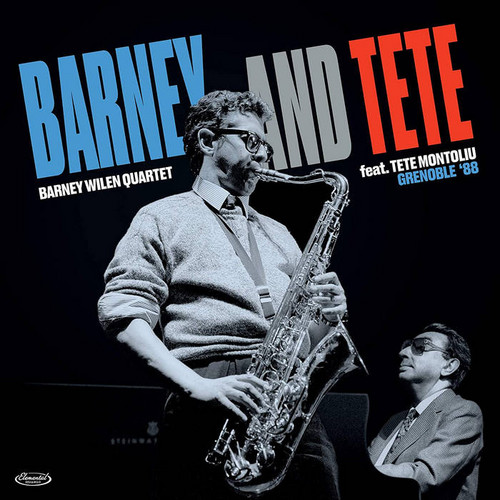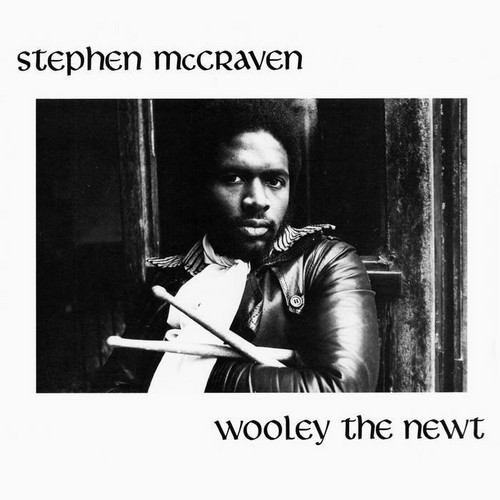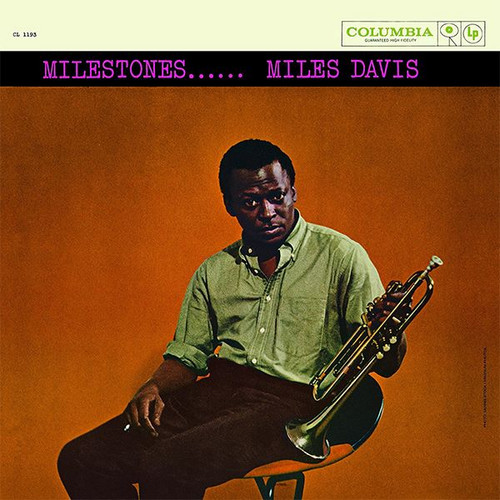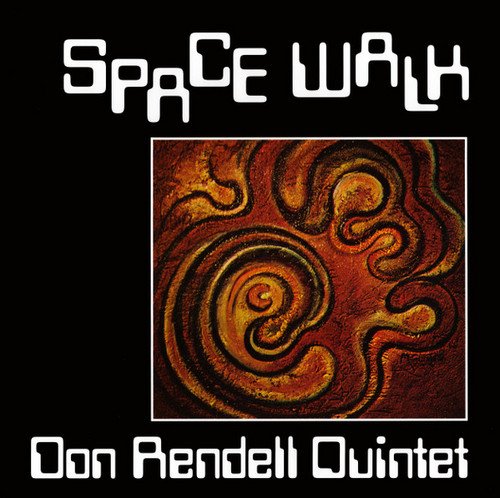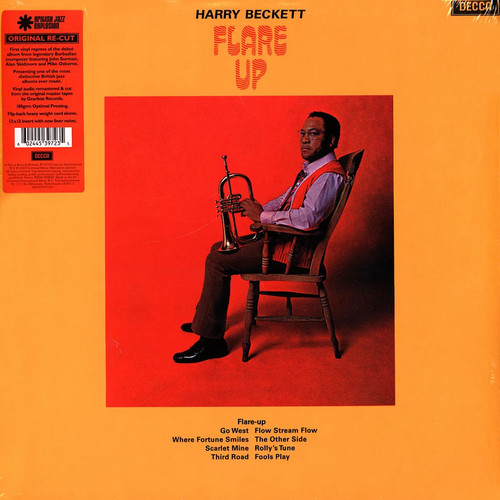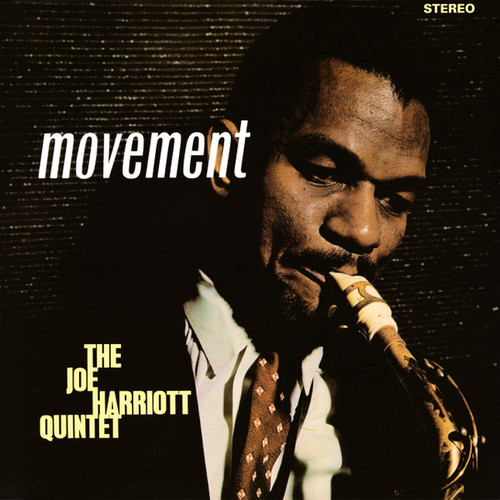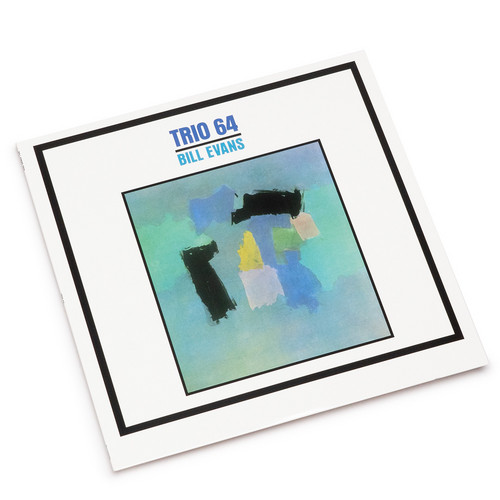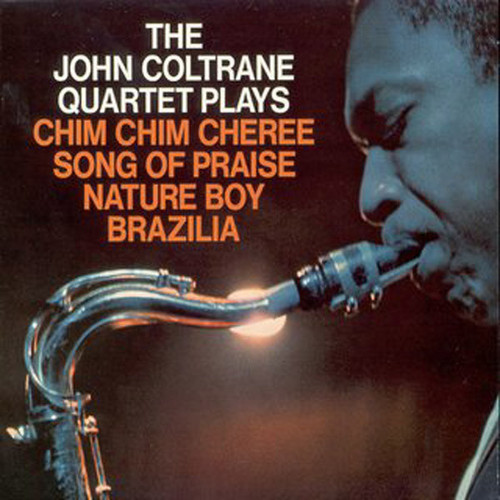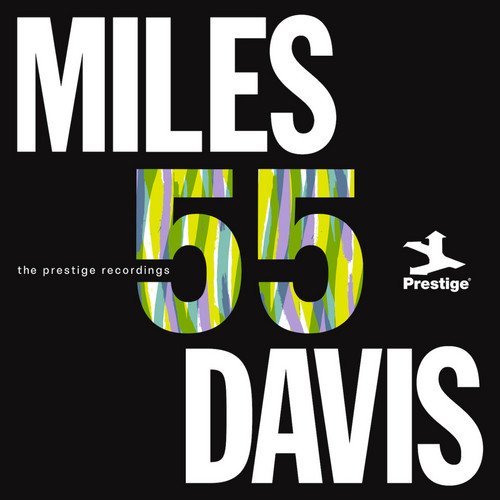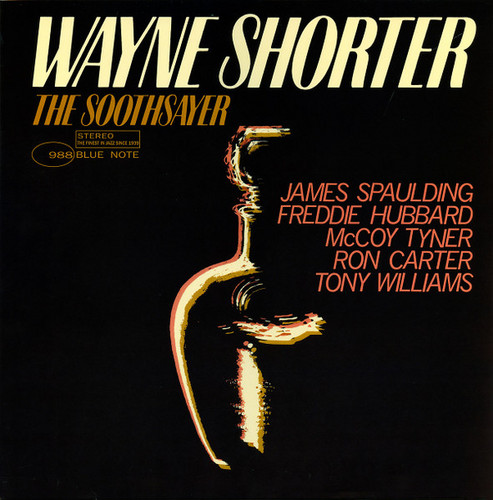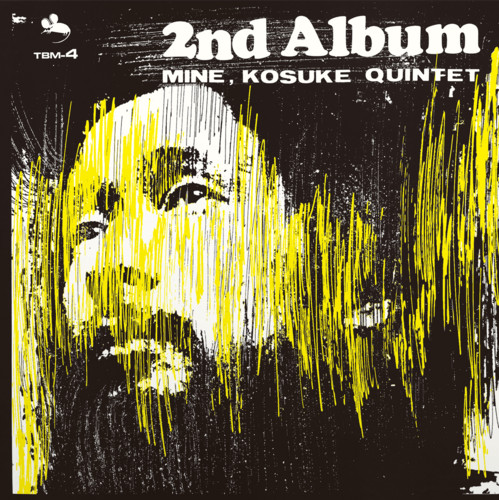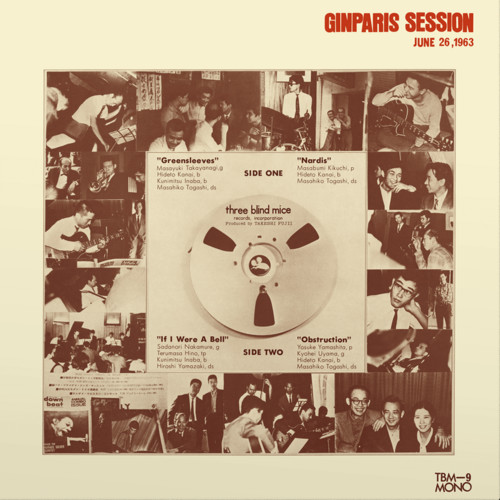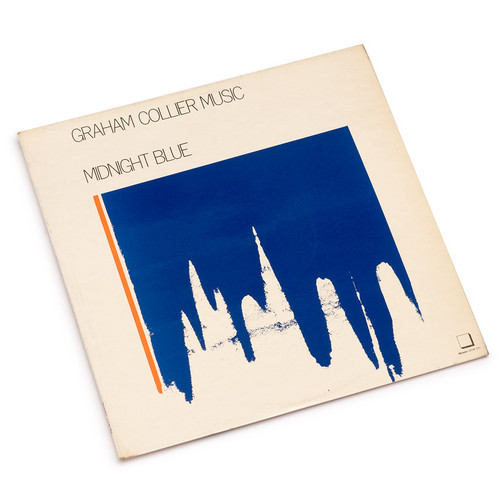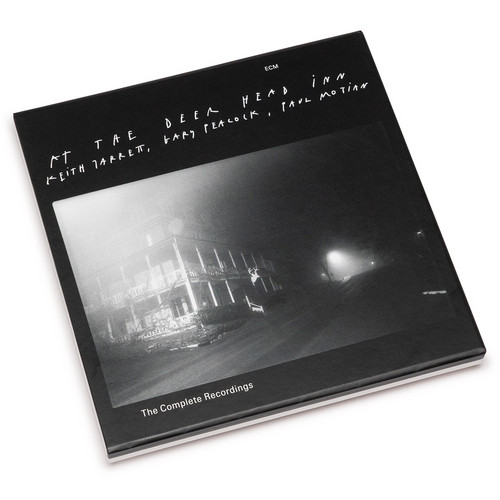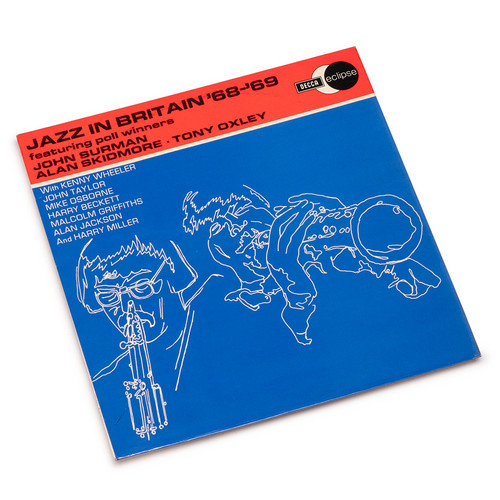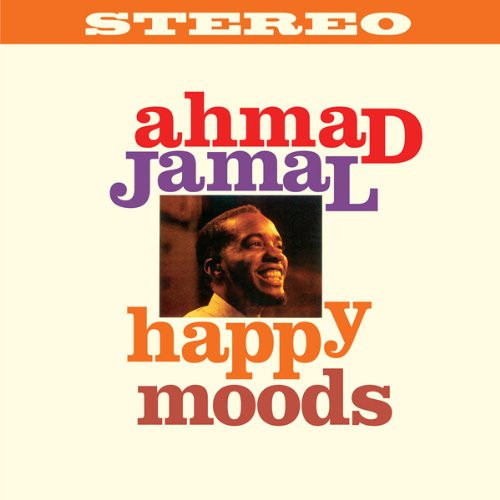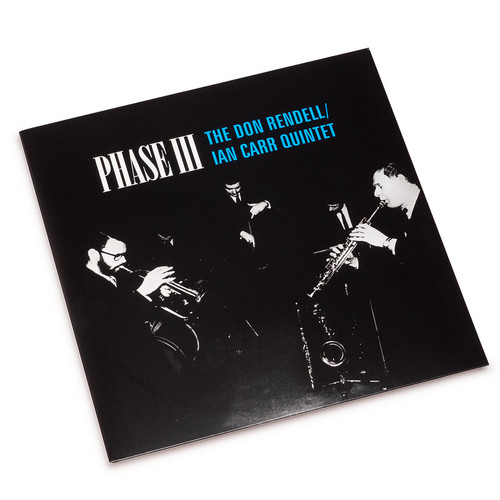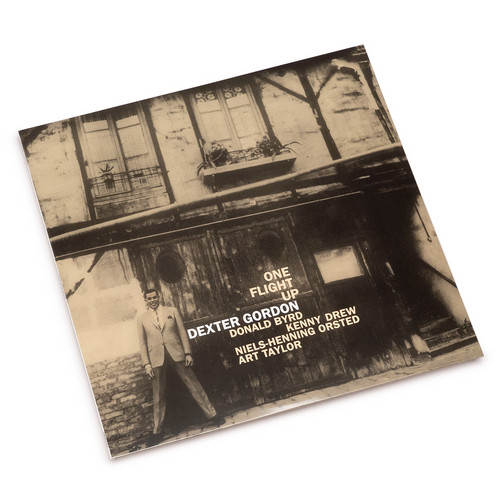Jazz /
Drumfusion
Jazz drumming legend Chico Hamilton fundamentally reimagined his sound in 1961, assembling a groundbreaking quintet that would define a new chapter in modern jazz. WaxTime now presents "Drumfusion", the inaugural album from this revolutionary lineup, in a limited edition 180g audiophile pressing with rare bonus material.
Hamilton's revamped group featured future stars Charles Lloyd on tenor saxophone, Gábor Szabó on guitar, Garnett Brown (later replaced by George Bohanon) on trombone, and Albert…
Barney And Tete (Grenoble '88)
A rare gem from the vibrant European jazz scene finally resurfaces with the release of Grenoble ’88, a captivating live recording that unites two masters of post-bop expression: French saxophonist Barney Wilen and Catalan pianist Tete Montoliu. Captured in 1988 in Grenoble, France, this performance showcases the remarkable interplay between two artists whose lyrical sensibilities and sophisticated phrasing made them cornerstones of modern jazz on the continent.
Known for his poetic tenor sound…
Wooley The Newt
Stephen McCraven's Wooley The Newt was his first album under his own name, released on Marion Browns own Sweet Earth record label in 1979 (orignal copies are rare and go for $500). Working with Stephen and the carvery we have remastering the audio and restored the original artwork. Stephen is a master drumer and composer and has worked with Archie Shepp for many years,he has also played & recorded with many; Marion Brown, Mal Waldron, Reggie Wokman and Stanley Cowell to mention just a few. Steph…
Milestones
Milestones is an album that needs no introduction. Often overshadowed by its younger sibling Kind of Blue in the rankings of greatest jazz records, it nonetheless holds a pivotal place in the history of modern jazz. Critics and devoted listeners alike recognize its importance: an early – and outstanding – example of modal jazz, recorded by Miles Davis’ so-called “first great quintet” (actually sextet, this time), featuring legends like John Coltrane, Red Garland, Paul Chambers, Philly Joe Jones,…
Space Walk
Heralded as one of the defining moments in British modern jazz, the Don Rendell Quintet’s 1972 recording Space Walk returns to the spotlight, reaffirming its place as a stunning document of both bold creativity and refined craftsmanship. Saxophonist Don Rendell, already celebrated for his collaborations with Ian Carr in the groundbreaking Rendell/Carr Quintet, took a daring step forward with this album. *Space Walk* captures a group at a creative peak, fusing modal explorations, post-bop energy,…
Flare Up
London, 1970 saw the release of one of the most distinctive and enduring albums in the history of British jazz: Flare Up, the debut LP from visionary trumpeter and flugelhorn player Harry Beckett. Now widely recognized as a classic, the record remains a defining statement from an artist whose lyrical phrasing, inventiveness, and subtle command of mood set him apart on the vibrant UK scene.
Born in Barbados and arriving in London in the 1950s, Harry Beckett quickly became a central figure in th…
Movement
Originally released during one of the most fertile periods of post-war British jazz, Movement by the Joe Harriott Quintet stands as a bold statement of artistic independence and innovation. Showcasing Harriott’s unique vision, the album bridges the lyricism of modern jazz with an avant-garde sensibility that still resonates today.
Harriott, an alto saxophonist of Jamaican origin who established himself as a pioneer of the British scene, leads a stellar ensemble through a set of forward-looking…
Trio 64
An Introspective Masterpiece Featuring Bill Evans, Gary Peacock, and Paul Motian.
The John Coltrane Quartet Plays
Impulse! Records is proud to announce the release of “The John Coltrane Quartet Plays,” an evocative and boundary-pushing album from one of jazz’s most celebrated ensembles. Recorded in 1965, just months after the landmark “A Love Supreme,” this album captures John Coltrane and his legendary quartet—McCoy Tyner (piano), Jimmy Garrison (bass), and Elvin Jones (drums)—at a time of creative transformation and exhilarating intensity.
Featuring four powerful tracks that stretch the limits of post-bop…
Miles '55: The Prestige Recordings
Concord is proud to unveil Miles ’55: The Prestige Recordings, a definitive retrospective shining a spotlight on a transformative year in jazz legend Miles Davis’ career. This collection celebrates the birth of Davis’ First Great Quintet and the creative momentum leading to some of his most groundbreaking work.
1955 marked a new era for Miles Davis. That year, he assembled a soon-to-be-storied group — John Coltrane on tenor saxophone, Red Garland on piano, Paul Chambers on bass, and Philly Joe J…
The Soothsayer
Blue Note Records proudly presents the reissue of Wayne Shorter’s legendary album, The Soothsayer—a vital chapter in the evolution of modern jazz and a showcase of Shorter’s compositional brilliance. Though recorded on March 4, 1965, at the iconic Van Gelder Studio, this remarkable session was not released until 1979, transforming it into one of jazz’s most revered hidden gems.
Upon its eventual release, critics hailed The Soothsayer as “hard-driving and as edgy as the time at which it was made,…
2nd Album
Following the wave of critical acclaim for his debut, the prodigious Japanese saxophonist Kosuke Mine cemented his place in the modern jazz world with the release of his 2nd Album, recorded in Tokyo in late 1970 and originally issued on the revered Three Blind Mice label. Now, this pivotal work is available again, celebrating a new generation of jazz lovers and collectors.
Rising to the forefront of the Japanese jazz scene, Kosuke Mine assembled an all-star quintet featuring trombonist Takashi I…
Ginparis Session
For the better part of the 50s and 60s, Masayuki Takayanagi was among Japan's best-respected jazz guitarists. But it wasn't until his experiments with tabletop guitar led him down the seductive path of sonic experimentation that he became the stuff of legend. “Ginparis” (literally translated as Silver Paris) was known as the chanson cafe in Tokyo, Ginza, and the performances often centred around chansons but eventually became the session venue for young jazz musicians. They left their mark on a…
At The Deer Head Inn
Big Tip! ** One-time pressing, strictly limited edition ** After more than three decades of whispered reverence among jazz cognoscenti, the complete story of Keith Jarrett's transformative return to his musical birthplace can finally be told. At The Deer Head Inn: The Complete Recordings, a sumptuous 4LP box set to be released in August 2025, captures every note from what may be the most emotionally resonant performance in the pianist's extraordinary catalog. On September 16, 1992, something ext…
Jazz In Britain '68-'69 (LP)
Original 1972 LP with an overvew of Surman's music in 1968-1969 featuring Tony Oxley, Mike Osborne, Alan Skidmore and Kenny Wheeler among others.
Happy Moods
2025 stock Happy Moods is a celebrated jazz album by pianist Ahmad Jamal, originally recorded in Chicago in January 1960 and reissued on vinyl by Waxtime. The album features Jamal’s renowned trio, with Israel Crosby on bass and Vernell Fournier on drums, and is widely recognized for its sophisticated blend of elegance, subtlety, and rhythmic inventiveness
3
Taken from Abdullah Ibrahim’s summer 2023 sold-out headline date at London’s Barbican Centre, the new album “3” follows suit and is spread across two performances – the first is recorded without an audience ahead of the concert straight to analogue on a 1” Scully tape machine, which had previously been used by Elvis at the famous Memphis-based Sun Studios.
The second recording is taken from the evening’s performance itself with Ibrahim performing in a unique trio which includes Cleave Guyton (fl…
Phase III
Endless Happiness reissues the 1968 British jazz classic Phase III by The Don Rendell/Ian Carr Quintet, showcasing their creative peak and innovative spirit.
One Flight Up
One Flight Up by the legendary Dexter Gordon. Recorded in Paris on June 2, 1964, this album stands as a testament to Gordon’s leadership and the vibrant European jazz scene of the era.
